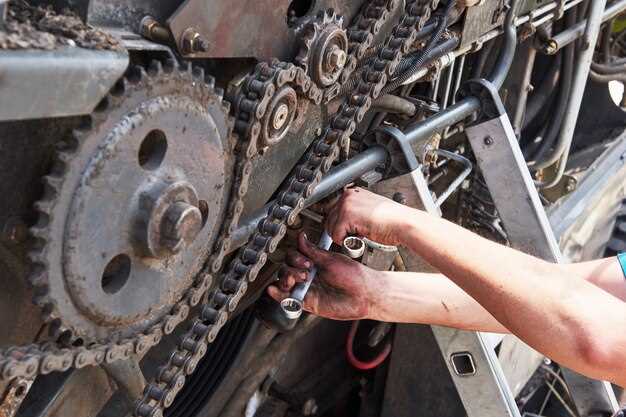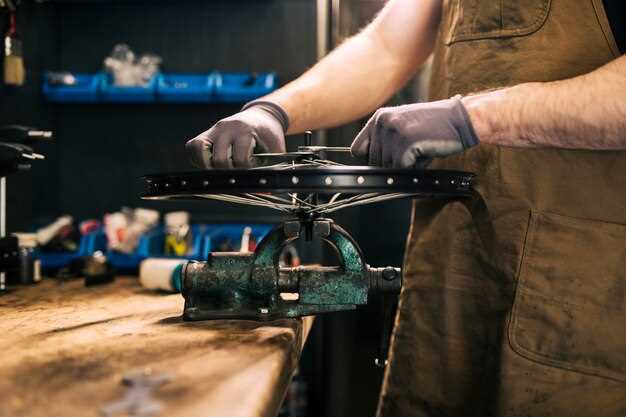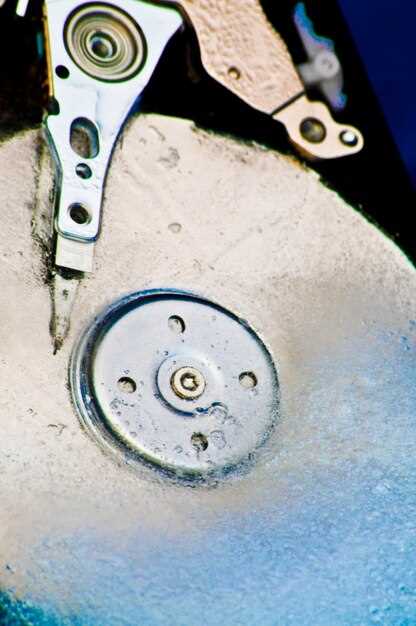
The serpentine belt is a crucial component of your vehicle’s engine, responsible for driving multiple peripheral devices such as the alternator, power steering pump, and air conditioning compressor. Over time, this belt can experience wear and tear, leading to decreased performance and potential engine damage. Understanding how to replace a serpentine belt is an essential skill for any car owner or DIY mechanic.
In this comprehensive guide, we will walk you through the process of replacing a serpentine belt step by step. You will learn about the tools and materials you need, the signs that indicate a belt replacement is necessary, and important safety precautions to consider. With clear instructions and practical tips, you’ll be better equipped to tackle this maintenance task with confidence.
By following the steps outlined here, you can save both time and money by performing the replacement yourself. Not only will you gain valuable hands-on experience, but you’ll also ensure that your vehicle operates smoothly and efficiently. Let’s dive into the details and get started on ensuring the longevity of your engine’s performance with a fresh serpentine belt.
Identifying the Signs of a Worn Serpentine Belt

A serpentine belt is crucial for the proper functioning of various engine components, including the alternator, power steering pump, and water pump. Recognizing the signs of a worn serpentine belt can prevent costly repairs and ensure your vehicle operates smoothly.
1. Cracks and Fraying: Inspect the belt for visible cracks or fraying edges. These are indicative of wear and indicate that the belt may soon fail. If you notice any damage, it’s time to replace the belt.
2. Squeaking or Squealing Noises: Unusual noises, such as squeaking or squealing, especially when starting the engine or turning the steering wheel, can indicate that the belt is slipping or has lost tension. This should be addressed promptly.
3. Warning Lights: Keep an eye on your dashboard warning lights. A malfunctioning serpentine belt can lead to loss of power to the alternator, which may trigger the battery warning light. If you see this warning, check the belt condition.
4. Power Steering Issues: Difficulty steering can indicate a problem with the serpentine belt. If your vehicle experiences stiff steering or requires more effort to turn, it may be due to a failing belt affecting the power steering pump.
5. Engine Overheating: The serpentine belt drives the water pump, which regulates engine temperature. If the belt is worn and causing the water pump to malfunction, your vehicle may overheat. Monitor your gauges for signs of high temperature.
Regular inspections and timely replacements of the serpentine belt can enhance the longevity of your vehicle’s engine and prevent unexpected failures. Always consult your vehicle’s manual for specific replacement intervals and recommendations.
Gathering the Necessary Tools for Replacement

Before starting the process of replacing a serpentine belt, it is essential to gather the necessary tools to ensure a smooth and efficient workflow. The primary tool you will need is a serpentine belt tool or a ratchet with the appropriate socket size. This will help you release the tension from the belt tensioner, allowing you to remove the old belt easily.
In addition to the belt tool, you will need a set of wrenches or sockets, typically metric, to access various components that may need to be removed for better access to the serpentine belt. A long-handled ratchet is recommended for added leverage in tight spaces.
A flashlight can also be beneficial, especially if you are working in a dimly lit area. It will help you see the serpentine belt path and any associated components clearly. A mirror may be useful for viewing hard-to-reach areas.
Consider having a replacement serpentine belt on hand, as well as, if necessary, a belt routing diagram to ensure you reinstall the new belt correctly. Many vehicles have this diagram located in the engine compartment, but having additional reference material can be helpful.
Lastly, protective gloves and safety glasses are recommended to protect your hands and eyes from debris and accidental injuries during the replacement process. Having all these tools ready will facilitate a more straightforward and safer serpentine belt replacement experience.
Step-by-Step Procedure for Serpentine Belt Installation
Replacing a serpentine belt is a critical maintenance task that can ensure your vehicle operates smoothly. Follow these detailed steps to install a new serpentine belt effectively.
Step 1: Gather Tools and Materials
Ensure you have the necessary tools, including a ratchet and socket set, a belt tensioner tool or wrench, and the new serpentine belt. Consult your vehicle’s service manual for the correct belt size and routing diagram.
Step 2: Disconnect the Battery
For safety, begin by disconnecting the negative battery terminal. This prevents any electrical shorts while you work on the engine.
Step 3: Remove the Old Serpentine Belt
Locate the belt tensioner, which is typically a pulley that keeps the serpentine belt tight. Use a ratchet or tensioner tool to rotate the tensioner away from the belt, releasing tension. Carefully slide the belt off the pulleys, observing its routing. Take note of how the belt is positioned for correct installation of the new one.
Step 4: Inspect Components
Before installing the new belt, check the condition of the pulleys, tensioner, and idler pulleys. Look for signs of wear, such as cracking or noise. Replace any worn components as necessary to ensure optimal performance.
Step 5: Align and Install the New Serpentine Belt
Refer to the routing diagram or mark the path if needed. Begin threading the new serpentine belt around the pulleys following the same path as the old belt. Make sure it sits properly in the grooves of each pulley.
Step 6: Apply Tension
Once the belt is positioned correctly, return to the belt tensioner. Use the wrench or tool to pull the tensioner away from the belt, allowing you to slip the belt onto the tensioner pulley. Gradually release the tensioner to apply tension to the belt.
Step 7: Double-check the Installation
Before proceeding, visually inspect the belt to ensure it is correctly seated on all pulleys. Check for any twists or misalignments, which could cause premature wear or failure.
Step 8: Reconnect the Battery
After confirming that everything is in place, reconnect the negative battery terminal. This will restore power to the vehicle’s electrical systems.
Step 9: Start the Engine
Start your engine and let it idle while observing the new serpentine belt. Listen for any unusual noises and ensure the belt operates smoothly without slipping or misaligning.
Step 10: Final Check
After a short drive, recheck the belt alignment and tension. Ensure everything is functioning correctly before concluding the installation process.

